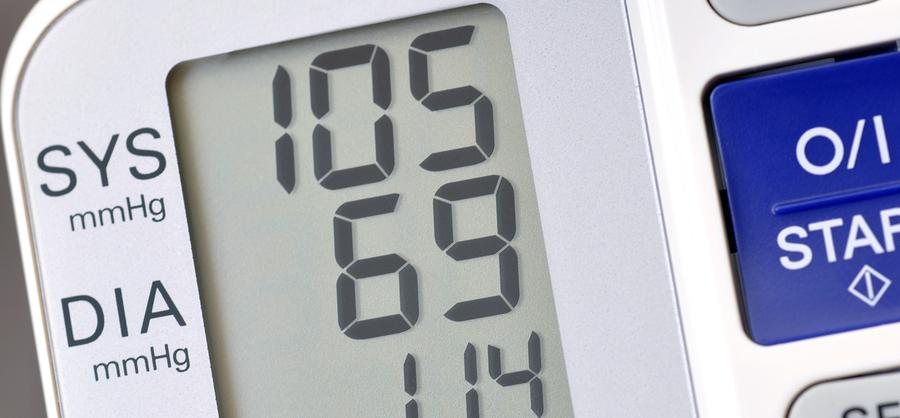Search our network of doctors and schedule your appointment today
Whether you've spent the entire day on your feet, tried a new exercise, or overexerted yourself, sore legs can hinder your daily activities. Luckily, most aches can be treated with a few, simple, at-home stretches.
Stretching your muscles increases blood flow, decreases stiffness, elongates the muscles, and increases your flexibility for greater range of motion and lower risk of future injury. The American College of Sports Medicine recommends static stretching two to three days per week.
Here are five helpful stretches for leg pain that will help you recover. Start with a brief warm-up before stretching. Once your muscles are warmed up, stretch until you feel slight tension, but do not bounce, as this can cause injury. Hold each stretch for 10 to 30 seconds and repeat two to four times. If you feel any pain, stop the stretch.
1. Calf Stretch
We often neglect our calf muscles when we practice stretches for leg pain. However, if you run, perform high-impact activities, or stand a lot, calf stretches are essential. Our calves can become tight from bearing weight, and they require stretching to release pain that might move toward the knee.
The stretch: Begin by sitting on the ground with your legs straight out in front of you. Place a long towel or yoga strap around the balls of your feet. Keeping your back and knees straight, gently pull the towel or strap so your toes start pointing toward your body. Breathe naturally while you hold the stretch for 30 seconds before releasing.
2. Shin Stretch
If you have tight shin muscles, work on stretching your tibialis anterior muscle, which is located on the front of your lower leg and responsible for flexing and releasing your foot. When your tibialis anterior muscle is overworked, you may develop medial tibial stress syndrome, also known as shin splints.
The stretch: Kneel on the ground, pointing your toes so the tops of your feet are on the ground. Gently sit back on your heels until you feel a slight stretch down your shins. Hold this position for 30 seconds, then rest.
3. Hamstring Stretch
The hamstring muscles are a group of three muscles on the back of your thigh that run from your hip to your knee. These muscles can tighten up quickly and strain easily.
The stretch: Sit on the ground with both legs straight out in front of you. Bend at your waist, keeping your chest open and your back long. Stretch forward, sliding your hands on the floor toward your feet. Hold for 30 seconds.
4. Quadriceps Stretch
The quadriceps are a group of four muscles that sit on the front of the thigh. Their primary purpose is to straighten your knee. One of the quadriceps muscles, the rectus femoris, also acts to flex the hip. Pain in the quadriceps is common and can occur due to sports, injuries, or daily overuse.
The stretch: Holding onto a wall or a chair for balance, stand on one leg and lift the opposite leg off the floor. Gently bend at the knee and pull your foot up close to your buttock. Hold for 30 seconds and repeat with the opposite leg.
5. Inner and Outer Legs Stretch
Stretching your inner and outer legs is essential to maintaining flexibility. Your inner thigh muscles, called the adductors, move your leg toward the center of your body. Your outer thigh, or the hip abductor muscles in your buttocks area, move your leg away from the center.
The stretch: Begin with your feet facing forward, shoulder-width apart. Step out to lunge to the left, bending your knee to 90 degrees without allowing your knee to go past your toes. Lower into the left side and straighten your right leg. With your back straight, place your hands on your left thigh and hold for 30 seconds. Straighten up to the standing position. Repeat on the opposite side, then repeat four times.
When to See a Doctor
Stretching is an effective way to treat leg pain, though results may vary based on the pain's cause. Leg pain as the result of exercise may be part of the natural healing process that enables inflammation for the proper rebuilding of the damaged tissue. Cartilage changes may also cause pain and tightness. Leg pain without an apparent reason, however, may be due to a cardiovascular or neurological issue, and merits a call to your doctor. Make sure to also contact your doctor if your leg pain is persistent or worsens.




